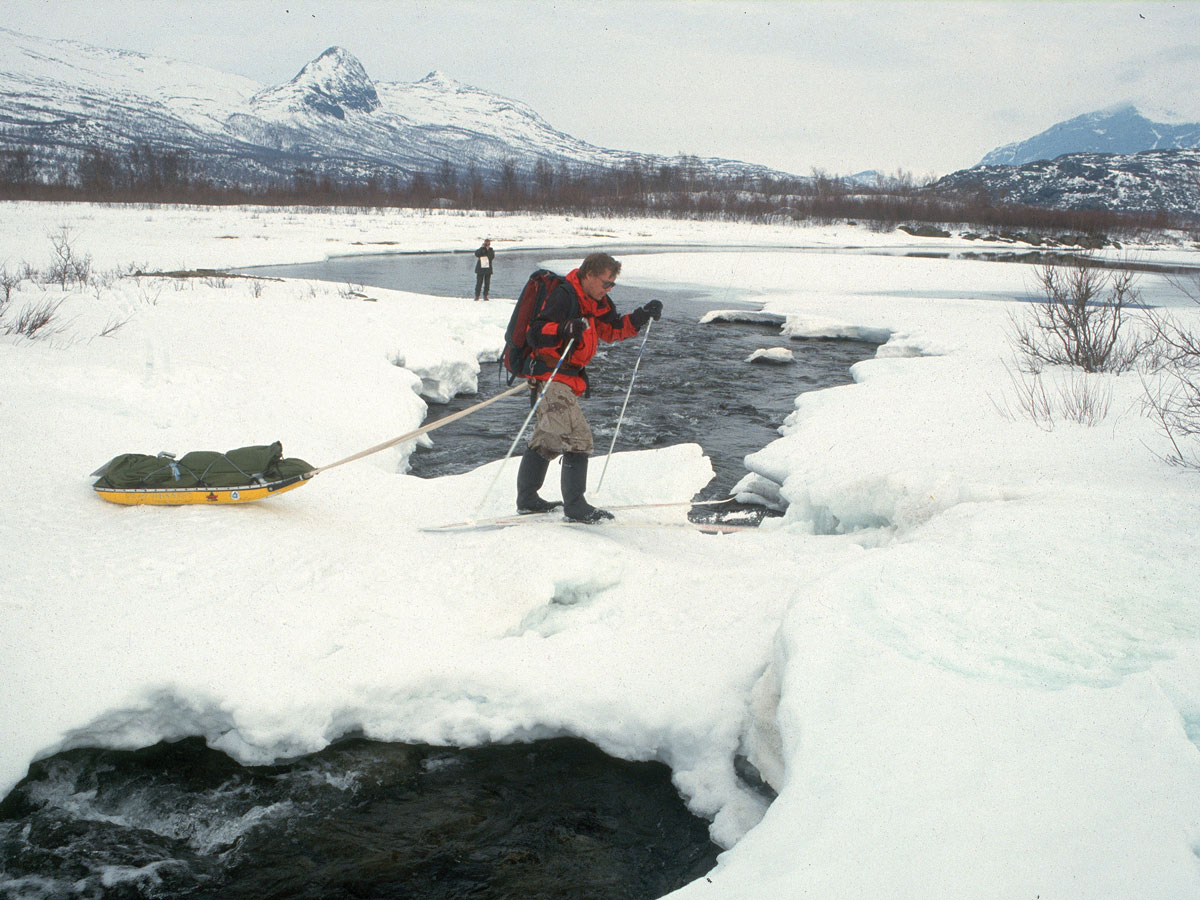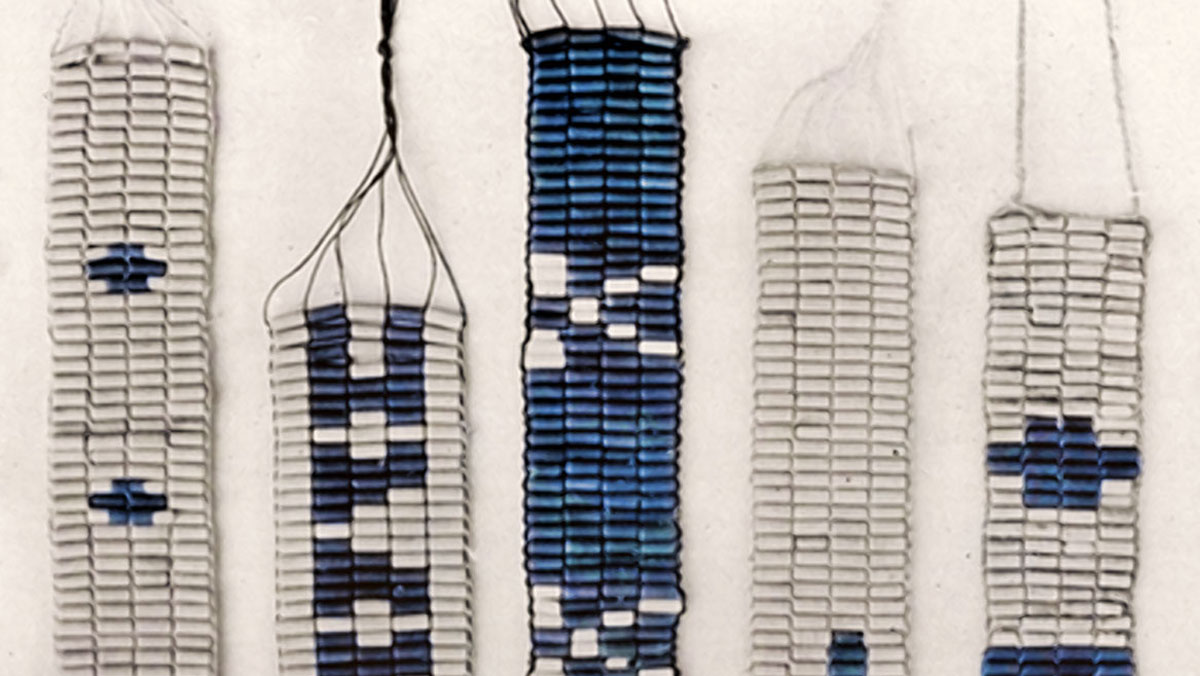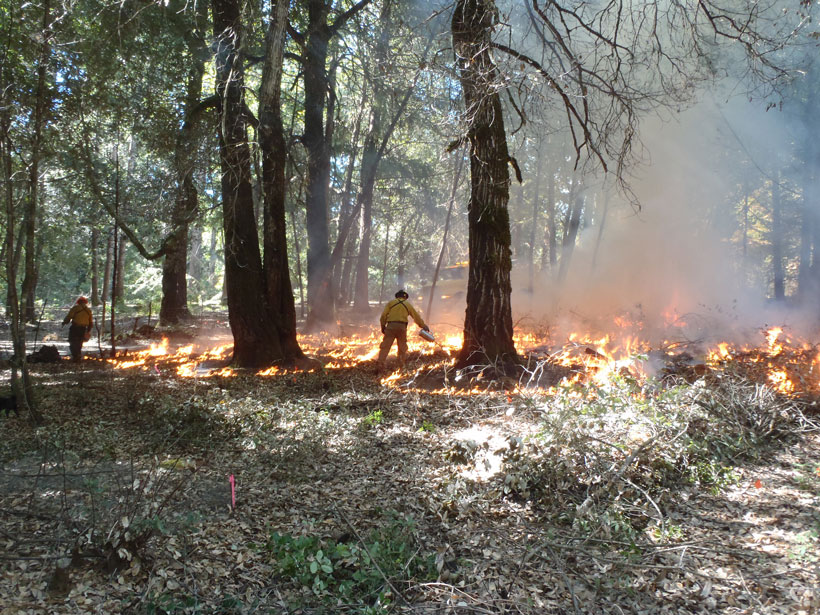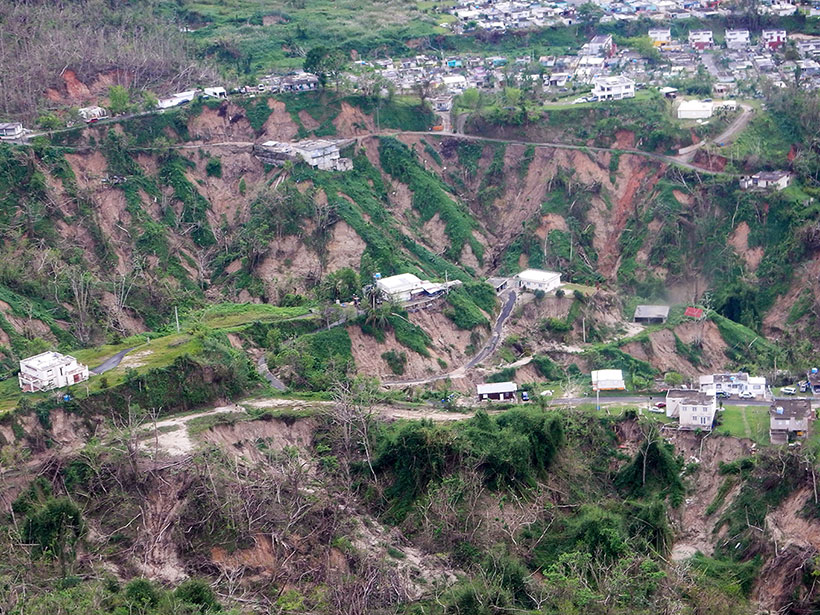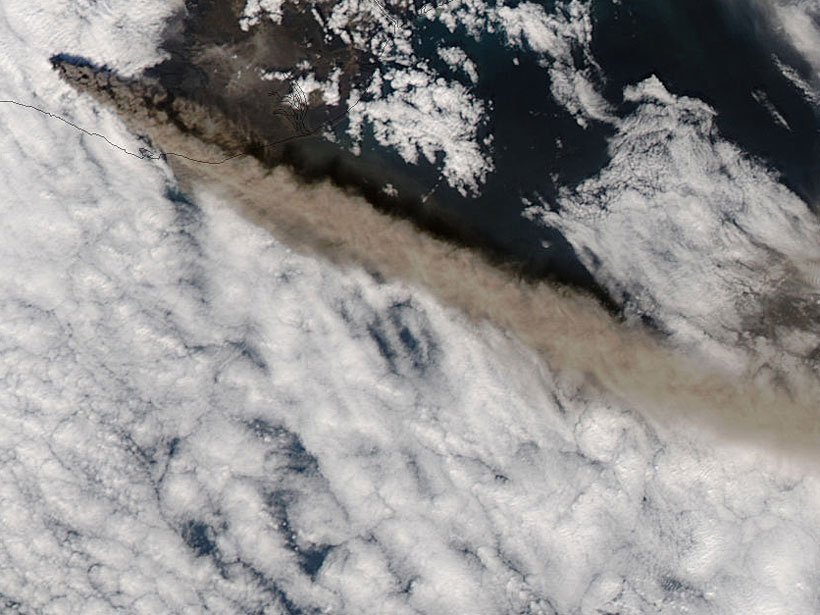Advocating for the importance of Traditional Knowledges in Finland and beyond.
Jane Palmer
Jane Palmer is a freelance writer for Eos who came on board in March 2019 when she wrote a feature on efforts to mitigate glacial lake outburst floods in the Peruvian Andes. A freelance science journalist since 2013, she writes for a diverse range of outlets including Nature, Science, Proto Magazine, and Mosaic Science. She typically covers natural hazards and the impacts of climate change on public health and likes to write about the impacts of science on society. Before becoming a journalist, Palmer was a scientist and has worked as a computational modeler at a biotechnology company and at the National Renewable Energy Laboratories in Golden, Colo. She has a B.Sc. in cognitive science and a Ph.D. in computational molecular modeling from the University of Sheffield in England.
Michael Kotutwa Johnson: A Voice for Indigenous Agriculture
A farmer draws on Traditional Knowledges to restore the Native American food system.
WAMPUM: An Indigenous-Designed Path to Sea Level Rise Adaptation
Northeastern and mid-Atlantic tribal nations lived sustainably on the coastline for centuries before colonization. How can their experiences inform strategies for sea level rise adaptation?
Indigenous Communities Outline Their Climate Data Priorities
Native American tribal communities are actively engaged in adapting to climate change. What information and data will help them build resilience to the new normal?
Water Wisdom: The Indigenous Scientists Walking in Two Worlds
Meet the international researchers who draw on both academic training and cultural experience to help Indigenous communities protect water, restore ecosystems, and sustain traditional resources.
Cores 3.0: Future-Proofing Earth Sciences’ Historical Records
Core libraries store a treasure trove of data about the planet’s past. What will it take to sustain their future?
Fire as Medicine: Learning from Native American Fire Stewardship
For centuries, Indigenous peoples have worked to live in harmony with fire. Can integrating such cultural practices into contemporary wildfire management help prevent catastrophic wildfires?
A Slippery Slope: Could Climate Change Lead to More Landslides?
Scientists investigate whether warming temperatures and changing rainfall patterns could be triggering more landslides in mountainous areas.
An Iconic Eruption Shaped Careers, as well as Landscapes
The 1980 eruption of Mount St. Helens influenced scientists who witnessed the event and spurred a new era in physical volcanology.
The Art of Volcanic Ash Modeling 10 Years After Eyjafjallajökull
The ash plumes from the eruption of the Icelandic volcano in 2010 disrupted air travel in Europe for several weeks. Since then, scientists have developed models to mitigate ash’s impacts.

